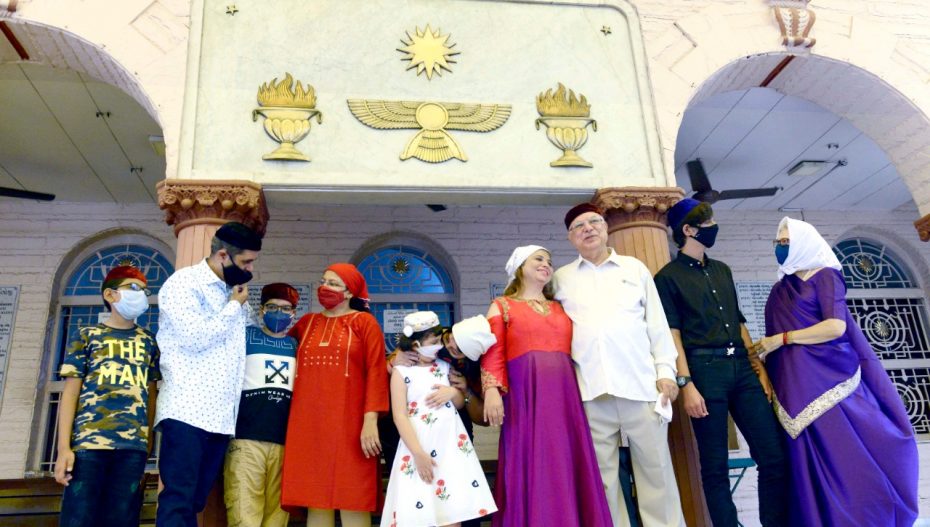The Parsi community in India observes their new year to mark the beginning of the first month, Farvardin of the Iranian calendar. Also known as Navroz, the Parsi new year usually falls between July and August, Parsis are celebrating it on August 16 this year. On account of Navroz, let us have a look at some of the lesser-known facts about the Parsi community:
1) Parsis in India are known to be the single largest group of the Zoroastrian religion, which is one of the oldest known monotheistic religions. The religion was founded by the Prophet Zarathustra in ancient Iran approximately 3,500 ago.
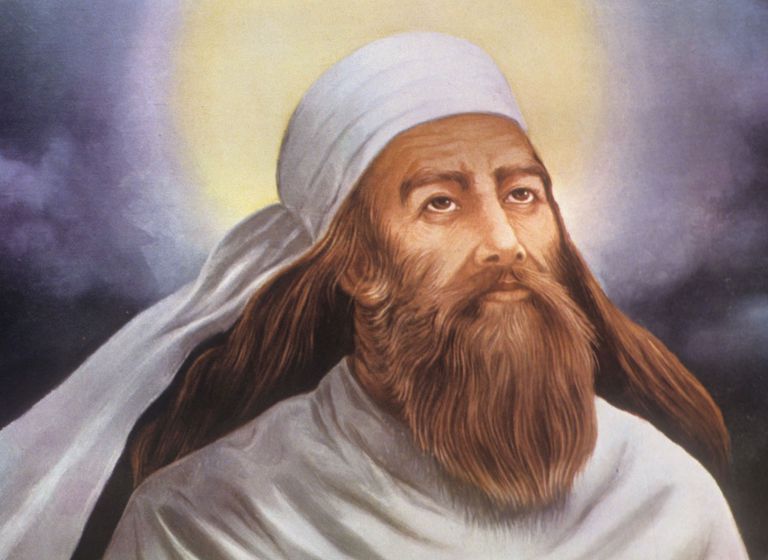
2) Parsis, the descendants of Persian Zoroastrians, emigrated to India in the 8th century to preserve their cultural and regional identity after Islamic armies invaded Persia. They initially settled in Sanjan town in the Navsari district of Gujarat and during a famine in the 1790s, a huge number of the community settled in Bombay.

3) Parsi New Year is also known as “Jamshedi Navroz’ after the Persian King, Jamshed who started the Parsi Calendar.

4) In Iran and other parts of the Middle East, Zoroastrians celebrate the Persian New Year following the Fasli/Bastnai calendar, which suggests the first day of the year on the Spring Equinox i.e., usually March 21. However, Parsis observe the new year following the Shahenshahi calendar which does not account for leap years. This makes their new year be shifted by 200 days back from its original day of the spring equinox.

5) The sources of Parsi religion lies in a body of texts called the Avesta which preserves the cult of the fire sacrifice as a part of their rituals.
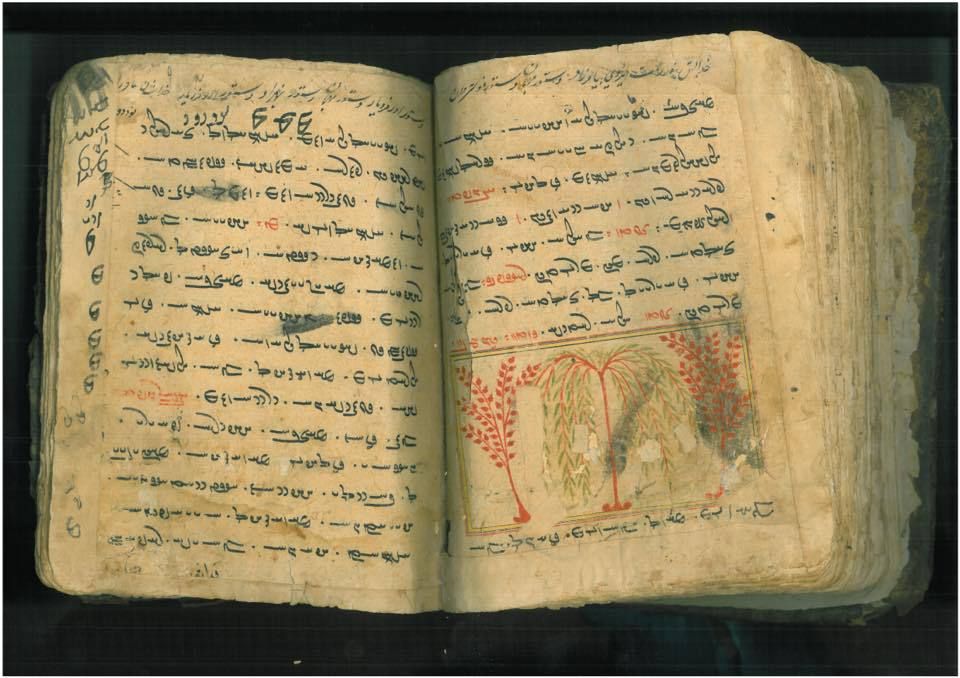
6) The Parsi new year is also known as Navroz which is the celebration of a celestial event, but it is deeply rooted in the mythology of the Persians. The philosophical side of the day says it to be light conquering darkness, good conquering evil and the warmth of spring conquering the cold winter.

7) The number seven has a sacred significance in Persian philosophy and thus, the ceremonial Navroz Spread i.e., the ceremonial table includes seven symbolic items whose names start with the letter “S”. These seven symbolic items are part of the spread which is prepared with other complementary items on the day prior to the Nowruz.

8) Parsis do not cremate or bury the dead bodies and leave them for the vultures to feed in a circular, raised structure known as the ‘Tower of Silence’ and ‘Dakhma” in Persian.
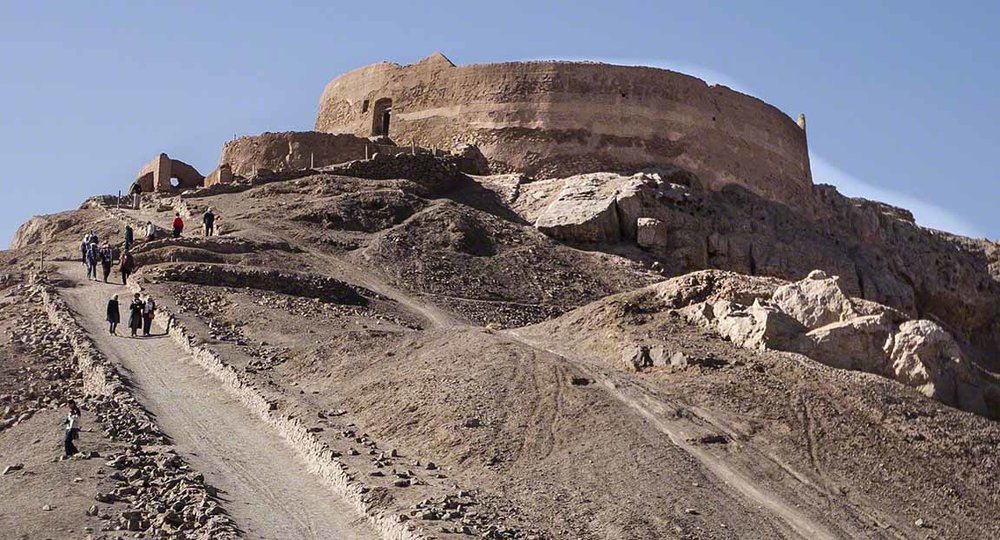
9) According to the 2011 census, The Parsis have more females compared to males – 1,037 females per 1,000 males in India. The overall male-female ratio of India stands at 940 females per 1,000 males.
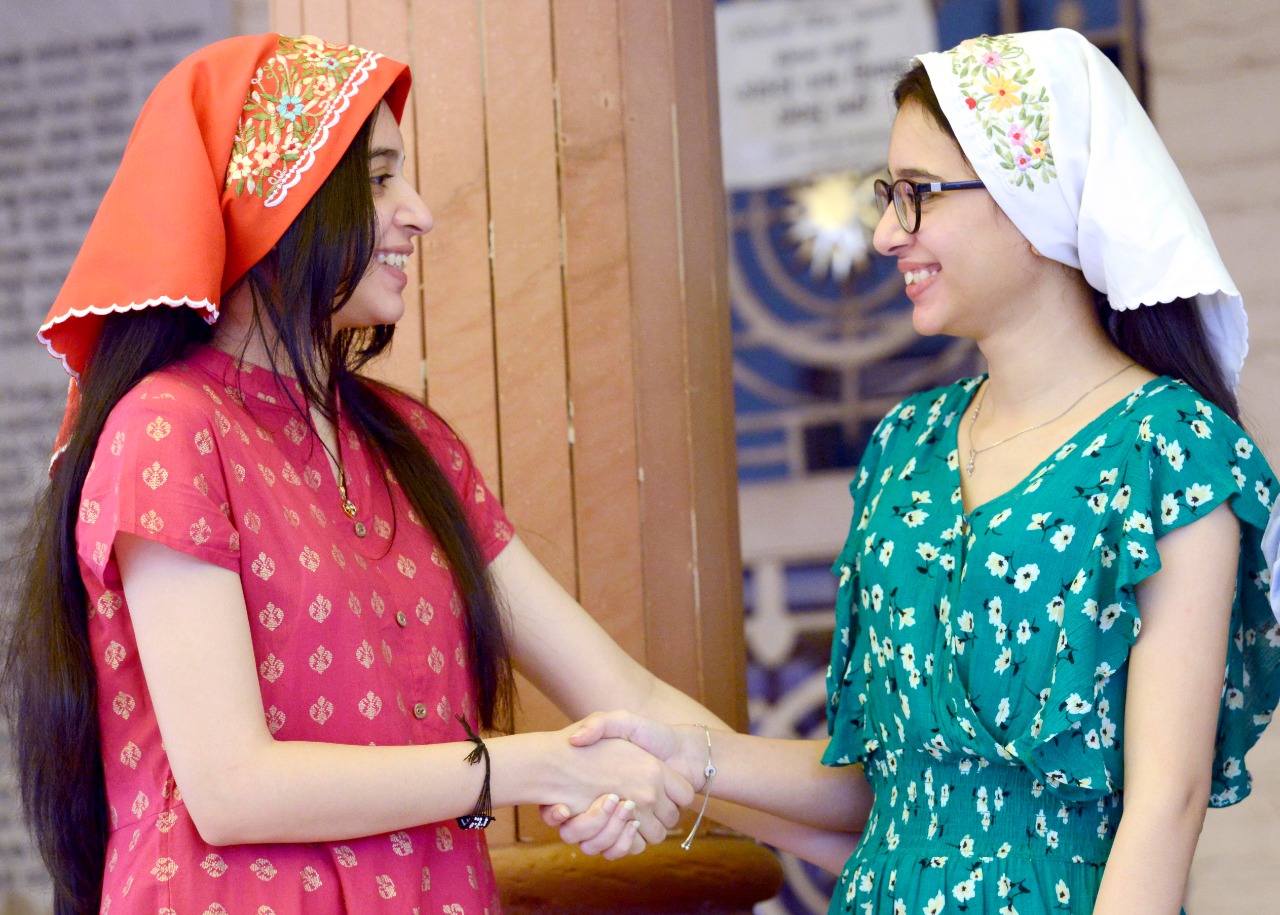
10) According to a study, the mitochondrial DNA of Parsis was found to be closer to Gujaratis than to Iranians. This suggests that a male-mediated migration of Parsis’ ancestors to Gujarat, where they admixed with local females led to the loss of mitochondrial DNA of Iranian origin.

Landing Image Credits: Mayur Bhatt



